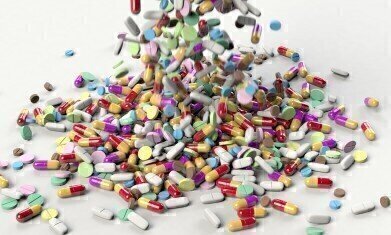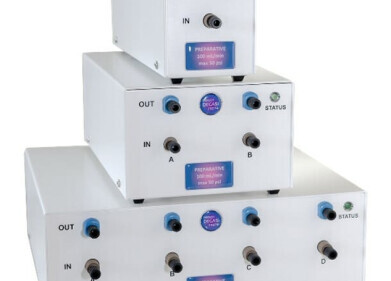Chromatography
How Do Antibiotics Work?
Nov 16 2018
From penicillin to cephalexin, antibiotics play a major role in managing global health. While they can be incredibly effective at killing off destructive microorganisms, bacteria can also evolve and develop resistance. Examples include penicillin-resistant Enterococcus, a genus of lactic acid bacteria that can cause urinary tract infections, endocarditis and bacteremia.
Now, scientists have developed a new antibiotic that uses covert tactics to destroy drug-resistant bacteria and superbugs. Known as G0775, the new class of molecule can quickly destroy deadly strains of Gram-negative bacteria, including Klebsiella pneumonia and Escherichia coli.
Innovative molecular mechanism gives G0775 serious edge
The findings were reported in the journal Nature and explain how the drug uses an unprecedented molecular mechanism to side-step existing antibiotic resistance and obstruct the essential bacterial type I signal peptidase.
Currently, most commonly used antibiotics work by attacking the cell walls of bacteria or preventing the production of growth proteins. However, over time bacteria evolve and develop resistance. This growing trend has scientists worried, with experts warning that the lack of antibiotics effective against Gram-negative bacteria could lead to global outbreaks.
Scientists "systematically optimise”
G0775 champions a new tactic by actively inhibiting a key cell membrane enzyme used to secrete proteins. The molecule is part of a class of naturally occurring compounds called arylomycins, which can break through the outer membranes of Gram-negative bacteria but have difficulty binding to an inner enzyme, i.e. the target. Smith and his team overcame this challenge by chemically modifying an arylomycin with the ability to “systematically optimise”. This allows it to easily break through the outer cell membrane, access the enzyme and bind to the target.
When tested on cultured cells and mice, G0775 proved potent against common Gram-negative bacteria like Pseudomonas aeruginosa and E. coli, which are notoriously hard to attack due to their thick, durable cell membranes.
"We're hitting a new target,” explains study co-author Peter Smith, an infectious disease researcher at San Francisco based company, Genentech.
Antibiotic resistance pegged as alarming trend
While G0775 will need to undergo further testing before it's approved for use in humans, Smith asserts it could prove extremely useful in the growing issue of antibiotic resistance and Gram-negative infections.
Want to know more about how new technologies and breakthroughs are changing the face of modern medicine? Spotlighting supercritical fluid chromatography, 'Column Technology for Achiral SFC Separations' explores the benefits of the new six column method development kit, which addresses challenges like the separation of fluorine-containing pharmaceutical entities.
Digital Edition
Lab Asia 31.2 April 2024
April 2024
In This Edition Chromatography Articles - Approaches to troubleshooting an SPE method for the analysis of oligonucleotides (pt i) - High-precision liquid flow processes demand full fluidic c...
View all digital editions
Events
Apr 22 2024 Marrakech, Morroco
Making Pharmaceuticals Exhibition & Conference
Apr 23 2024 Coventry, UK
Apr 23 2024 Kintex, South Korea
Apr 23 2024 Seoul, South Korea
Apr 24 2024 Jakarta, Indonesia




.jpg)













